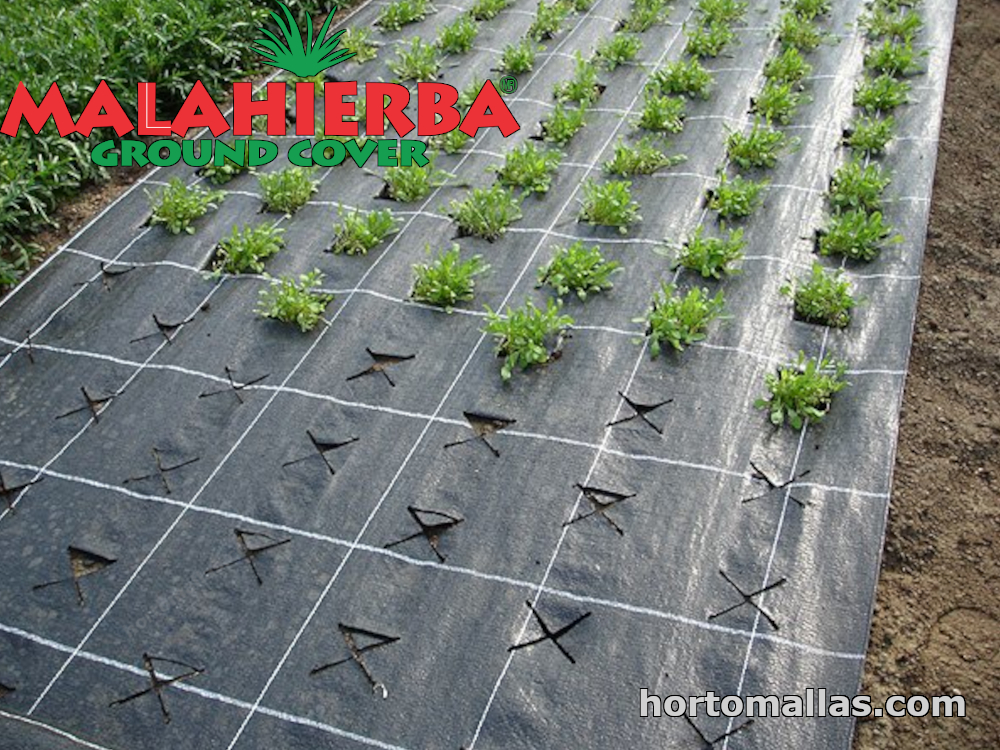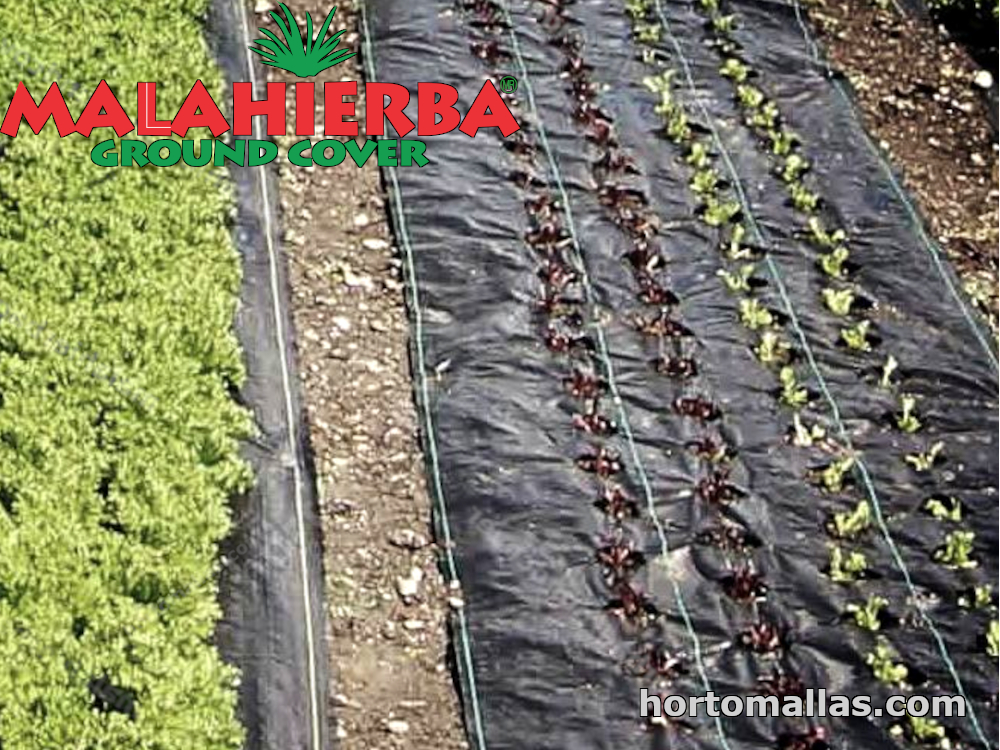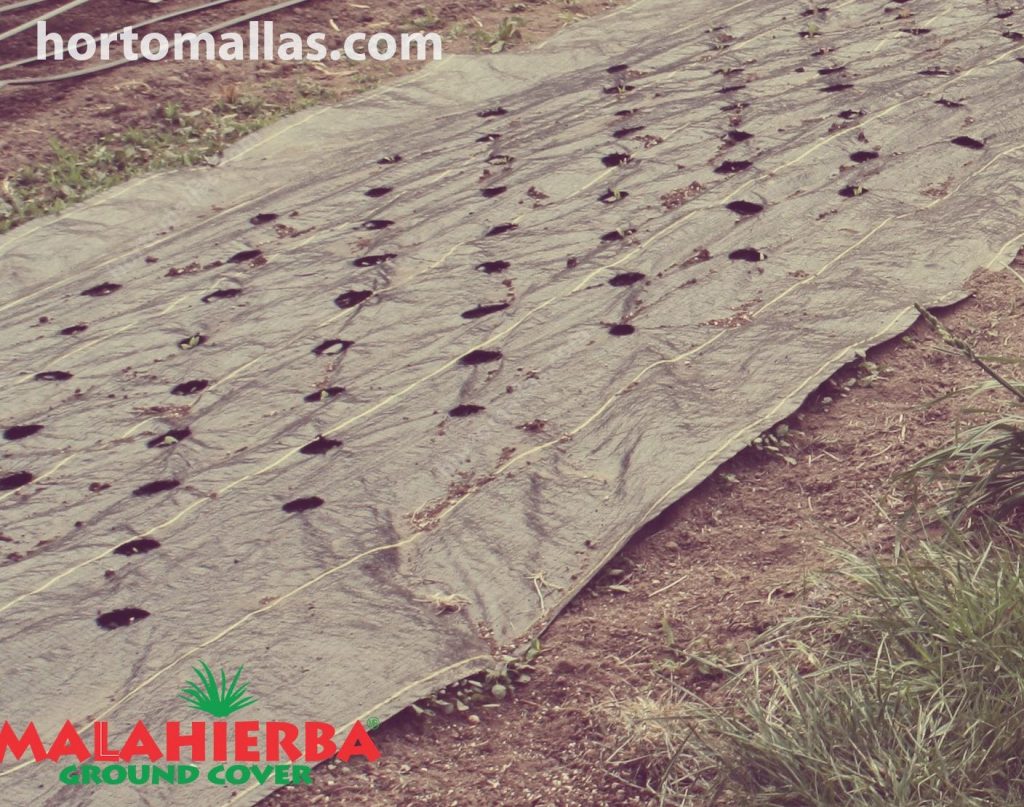Effective techniques of weed control
In every crop season, a period of weed growing always comes. Those unwanted weeds must be controlled during that period of time, in order to minimize the loss of production that may be caused because of such wild weeds. Weed control is a botanical process, in which various techniques are used such as applying herbicides, pest control or installing insect barrier. This process does not let the already existing weeds to grow up to a maturity stage and also stops the production of new weeds.
Weed control goes through an organic procedure of stopping the development of wild grass and poisonous weeds. There are a number of mechanical, botanical, biological and chemical techniques that are used for this purpose. Herbicides are considered one of the most defensive and strong guard against weeds. The use of herbicides is common and worldwide but there are a number of factors that prove their use environmental and health hazard. This is why the use of chemical and toxic sprays is always discouraged. On the other hand, the use of chromosomal phages in controlled environment is also practiced. These chromosomal are sometimes genetically modified when used with crops. Understanding plant physiology is mandatory for the appropriate use of herbicides, chromosomal or any other toxic agent.
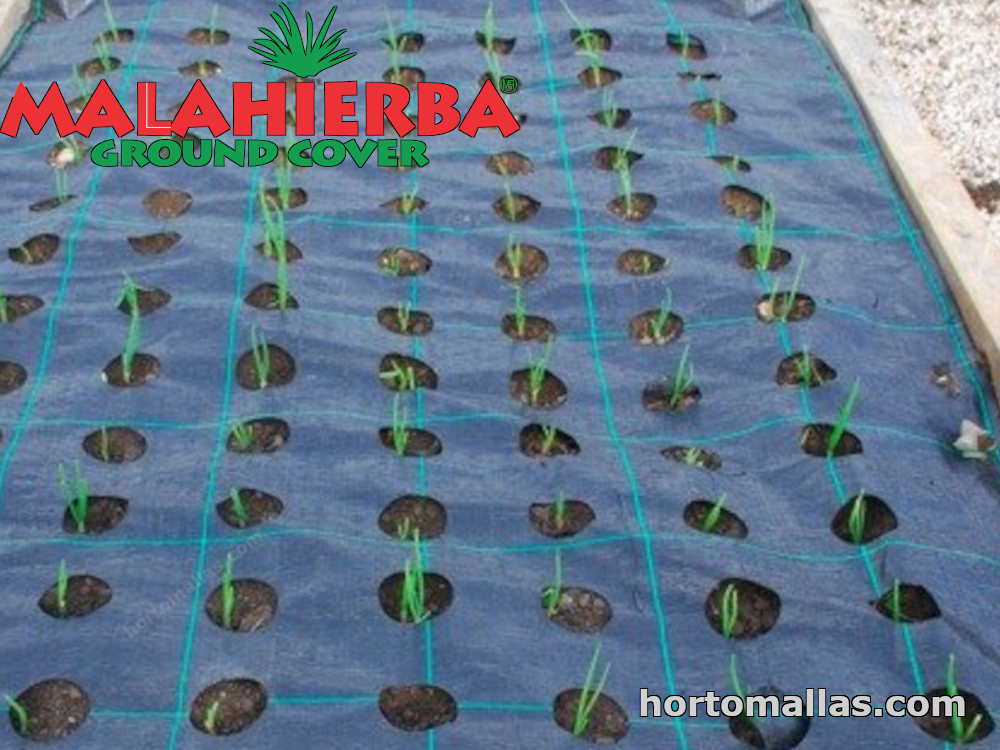
Insect barrier is also a component of Weed control. This is used to stop growing the harmful, poisonous and toxic weeds which are sometimes infected by bugs and insects in the soil. Weed control is practiced over small and large agricultural lands, livestock and home garden plants. In agriculture sector, weed control is done through lethal tactics such as overheating, weeds burning and toxic chemical spells.
The unwanted weeds are grown rapidly alongside fertilized crops and may be of unrecognizable value. However it is seen that an annoying weed for someone may be a desirable herb for someone else. For example a famous weed Charlock is found in abundance in southeast. They might be bothersome for farmers but considered very useful by the beekeepers. The growth of most of the weeds is really fast and rapid. Some of them like coach grass is grown more than once in a crop season. In fact they slower the growth of actual crops and make them infected. They also destabilize the layers of soil and decrease its fertility. These weeds cover a large area of fertilized land when grown with other plants. Thus the management of these undesired weeds is of fatal importance.
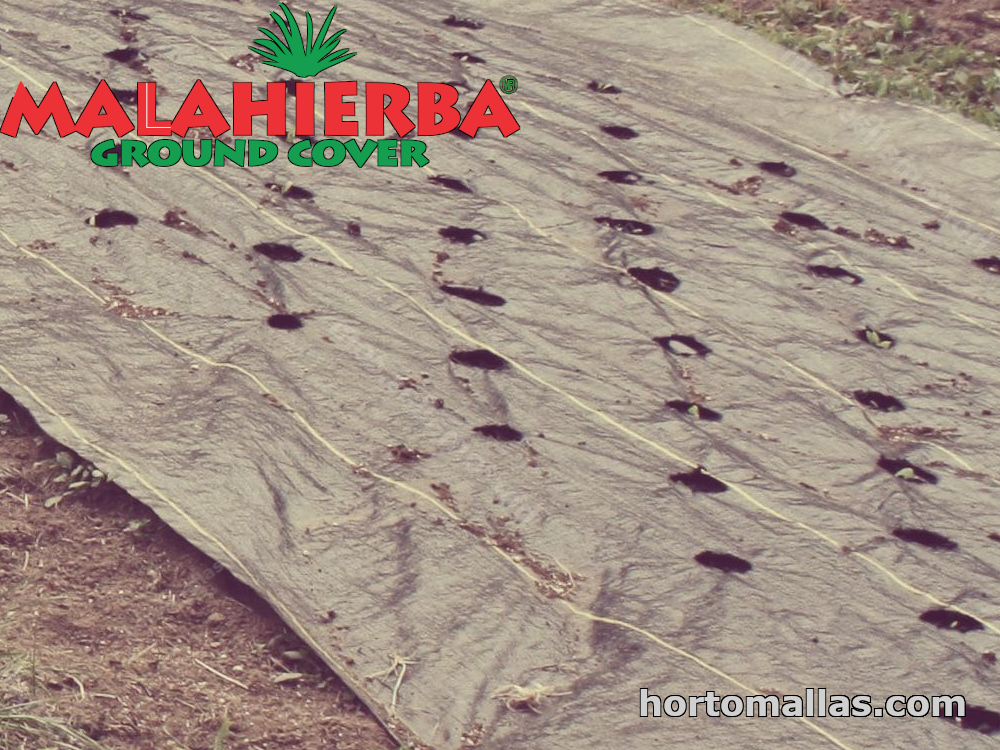
Crops which grow slower and their ultimate fruit needs time for proper reaping such as cucumber and onion are more affected by weeds. However, beans and other plants with small seeding are less affected. Weed control is also necessary for tutoring tomatoes as they are need some support to grow. The weed damage is less specially in the early stages of a plant growth, when they are grown with the actual crop without disturbing each-other. Studies have proven that weeds and plants can grow side by side without affecting each-other but this happens rarely. This is because, even if weeds do not infect or poison the plants, they still decrease the production yield. For vegetables that are grown underground, weed control may be ignored by some, but it becomes really necessary for some fruits and vegetables which are septic sensitive such as tutoring tomatoes for their proper and safe growth. Some of the perennials plants for example wild grass affects badly and slower the growth of the actual plants or crops. This happens as a part of water, moist, sunlight and other fertilizing agents is consumed by such weeds. Pests normally do not cause any damage to these weeds, rather they provide them space and shelter to live in and grow.
Methods of Weed Control
There are numerous methods of weed control. Some of these are provided here;
Coverings:
This technique is common for domestic gardens, where a covering material like mat is placed on the ground, which make the growth environment of weeds unfavorable. The layer of this mat may consist of a number of films with damp newspaper which stops sun light from reaching the roots of weeds and stops their growth. In green houses, black plastic sheets are used for this purpose, but it is difficult to cover the whole area through these sheets. Once applied these plastic sheets can serve for at least two seasons. Other sort of such sheet barriers may include mulch layers and comfrey restrictions.
Mechanical Removal
Particularly in a number of backward rural areas, weeds are removed manually by gardeners and farmers without using any botanical or chemical methodologies. Growers pluck up unnecessary leaves, grass and weeds as soon as they grow up.
In Tasmania, a team of remote areas named as Sea Spurge manually do the work of weed control very effectively.
Ploughing Soil
In this method the uprooted and grown weeds are ploughed which cuts off their roots and kills them. In summer season, ploughing also kills the pests in soil which cause damage to plants at a later stage.
Flaming
Some of the growers use flame or warm air, hit from a specific distance from crops. This creates severe thermal effect for the weeds which causes their destruction.
Early Watering
Another effective method is watering excessively the rows and seed beds of crops before sowing the actual crops seeds. This disturbs the growth of unwanted weeds at the earliest stage, so this is nipping the evil in the bud.
Foam Streaming
When quite warm foam is added to the seed beds, it burns and kills the weeds. Some of the weeds which are heat resistant can still bear this process.
Soil Steaming
In this technique, soil is sterilized through hot steam. Weeds are killed somehow but the wild grass possesses great tolerance to bear this heat.
Soil Staling
Soil is cultivated and then left as it is for seven to ten days or more. As soon as the unwanted weeds start growing, the growers dig and cut them off and then the preferred crop is planted.
Animal grazing
Animals which graze in fields like goats and buffaloes are also used to pluck up the weeds during grazing. This is done at earlier stage of crops cultivation as weeds are grown up prior to the actual crops.
Organic compounds and Chemical Sprays
Herbicides, chemical and toxic sprays are also showered for weed control, but they are considered health hazard and not environmental friendly.
